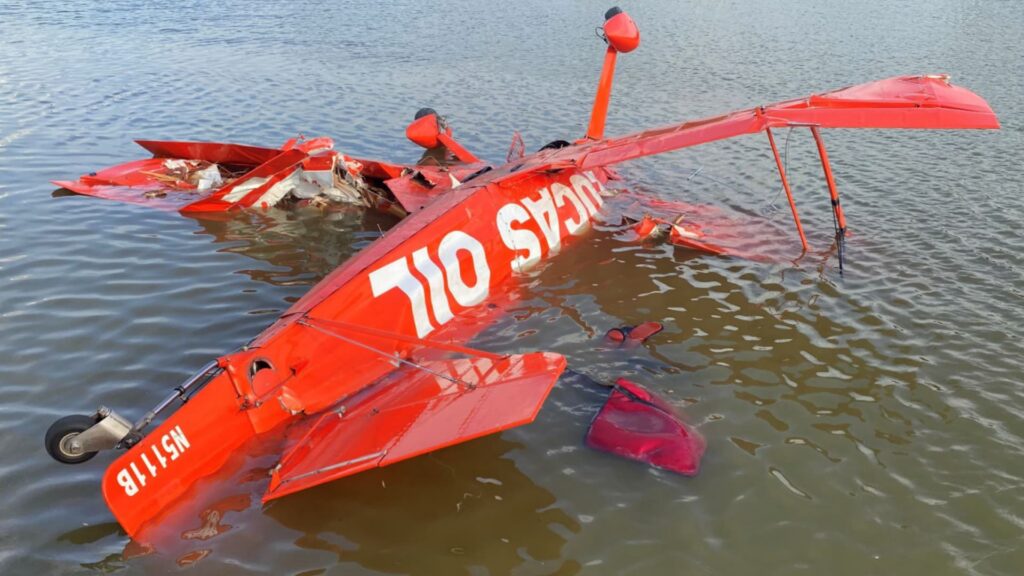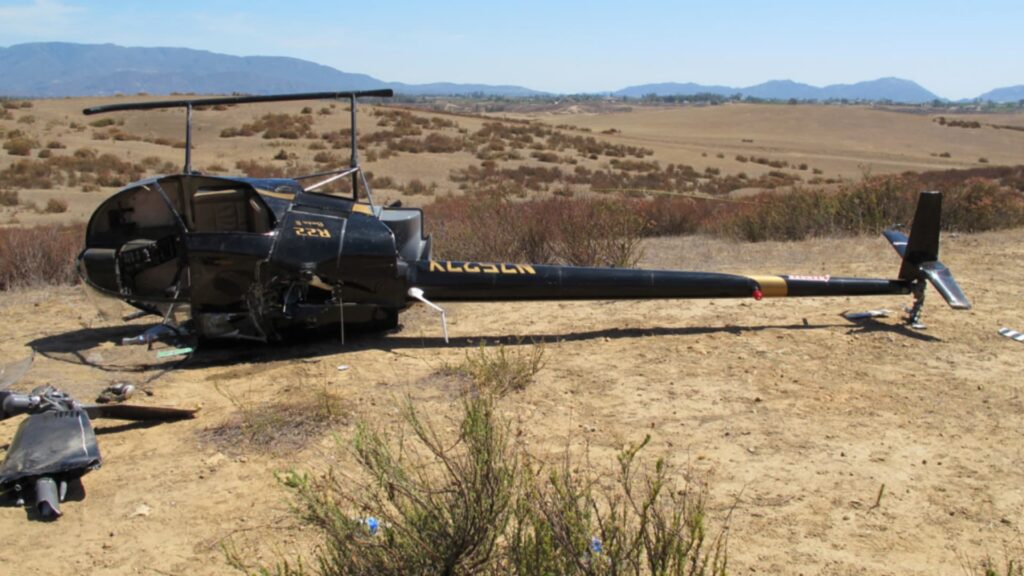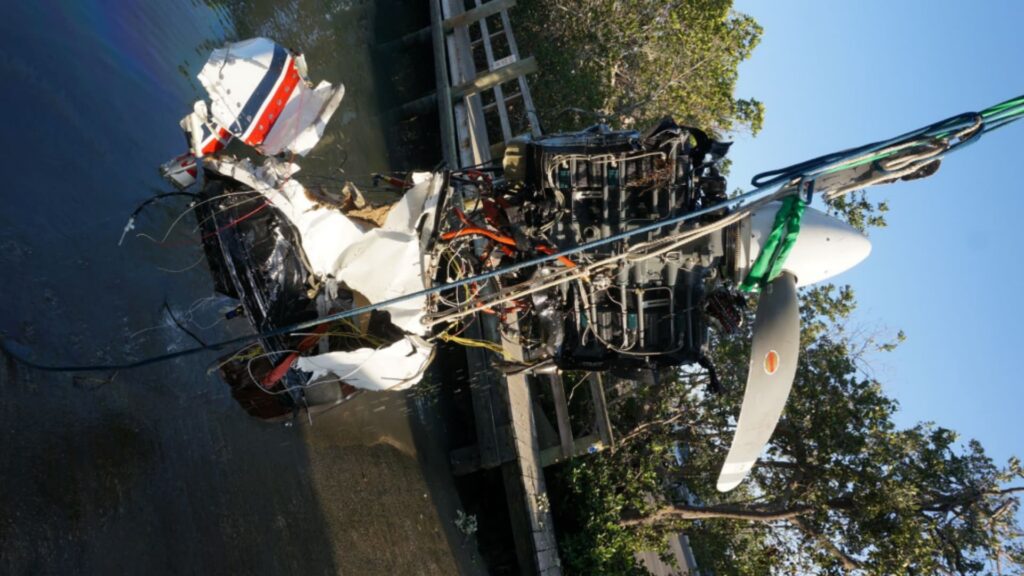On a warm September afternoon in Tennessee, a pilot’s passion for flight and precision led him into the skies over the Cumberland River. What began as a routine practice session in an aerobatic box turned into a heartbreaking loss that shook a close-knit aviation community.
The Pilot’s Passion
The 51-year-old commercial pilot was no stranger to the sky. With an estimated 3,968 flight hours under his belt—including significant time in high-performance and aerobatic aircraft—he was well-qualified. He held multiple certifications, including airline transport and commercial ratings, with a valid first-class medical certificate. According to his spouse, this flight was part of a personal quest: a practice session to prepare for airshow qualification. He wanted to push his limits—safely—and bring his aerobatic aspirations to life.
A Clear Day, a Private Strip, and a Known Box
Flying out of Whifferdill Airport (TN77), a private-use, turf-surfaced airstrip nestled in a fly-in community, the pilot took off around 1:45 PM local time on September 23, 2024. Weather conditions were ideal: clear skies, light breeze, and no reported turbulence. Despite a hurricane forecasted to bring rain later that week, this day was tranquil—perfect for a last-minute flight.
The designated aerobatic practice box—a waivered area just south of the airport—was active, complete with a current NOTAM. It extended from 500 feet AGL to 3,500 feet MSL, giving ample space for high-energy maneuvers.

The Last Maneuver
The flight lasted just twelve minutes. ADS-B data revealed that the aircraft—a 1998 Aviat S-1-11B, a single-seat, tailwheel-equipped, aerobatic biplane—stayed within the bounds of the box, performing various maneuvers between 400 and 2,000 feet AGL.
A witness kayaking on the river below captured the airplane’s final moments. In the video, the S-1-11B climbs and completes a clean 4-point aileron roll at altitudes ranging from 700 to 1,800 feet. After the maneuver, the aircraft continues to climb—but then disappears from view.
Moments later, it reappears in a steep, rapid descent, inverted and in a flat spin. The sound of the engine revving echoes through the footage, haunting in its persistence. The aircraft vanishes below the treetops and crashes into the river, ending the flight in shallow water just 150 feet from its last recorded ADS-B position.
The Aftermath
Recovery crews found the airplane inverted and partially submerged. While the canopy had detached and wasn’t recovered, the airframe was largely intact. There was no evidence of an in-flight breakup or pre-impact mechanical failure. Control continuity was verified, and engine teardown revealed normal function, aside from water damage consistent with the river impact.
Three propeller blades had splintered at the hub, suggesting the engine was producing power on impact. The pilot, securely fastened with a 5-point harness, suffered fatal injuries from the crash. Toxicology reports found only lisinopril, a common blood pressure medication not considered impairing.
Too Low to Recover
The NTSB concluded that the probable cause was a loss of control during an aerobatic maneuver, leading to an inverted flat spin at an altitude too low for recovery. It’s a chilling reminder: even experienced pilots can find themselves with too little sky left to save the day.
The spin itself—described as nose-left and flat—would have required significant altitude for recovery, especially inverted. Despite the aircraft’s capabilities and the pilot’s skills, physics had the final word.
Safety Reflections
This accident underscores a critical truth in aerobatics: altitude is life insurance. Even within a waivered practice box, performing aggressive maneuvers close to the minimum altitude limit drastically reduces recovery margins. The margin between thrill and tragedy is razor-thin.
It also highlights the value of recording and analyzing practice sessions. The witness’s video not only helped investigators understand the final moments—it also paints a poignant picture of a dedicated aviator pushing his boundaries.

Closing Thoughts
The pilot’s passion and pursuit of excellence were evident in every loop, roll, and spin. He wasn’t just flying; he was refining a craft. But even the best-prepared pilots must contend with unforgiving margins in the aerobatic world. May this tragedy remind all aviators: skill is crucial, but altitude is irreplaceable.








